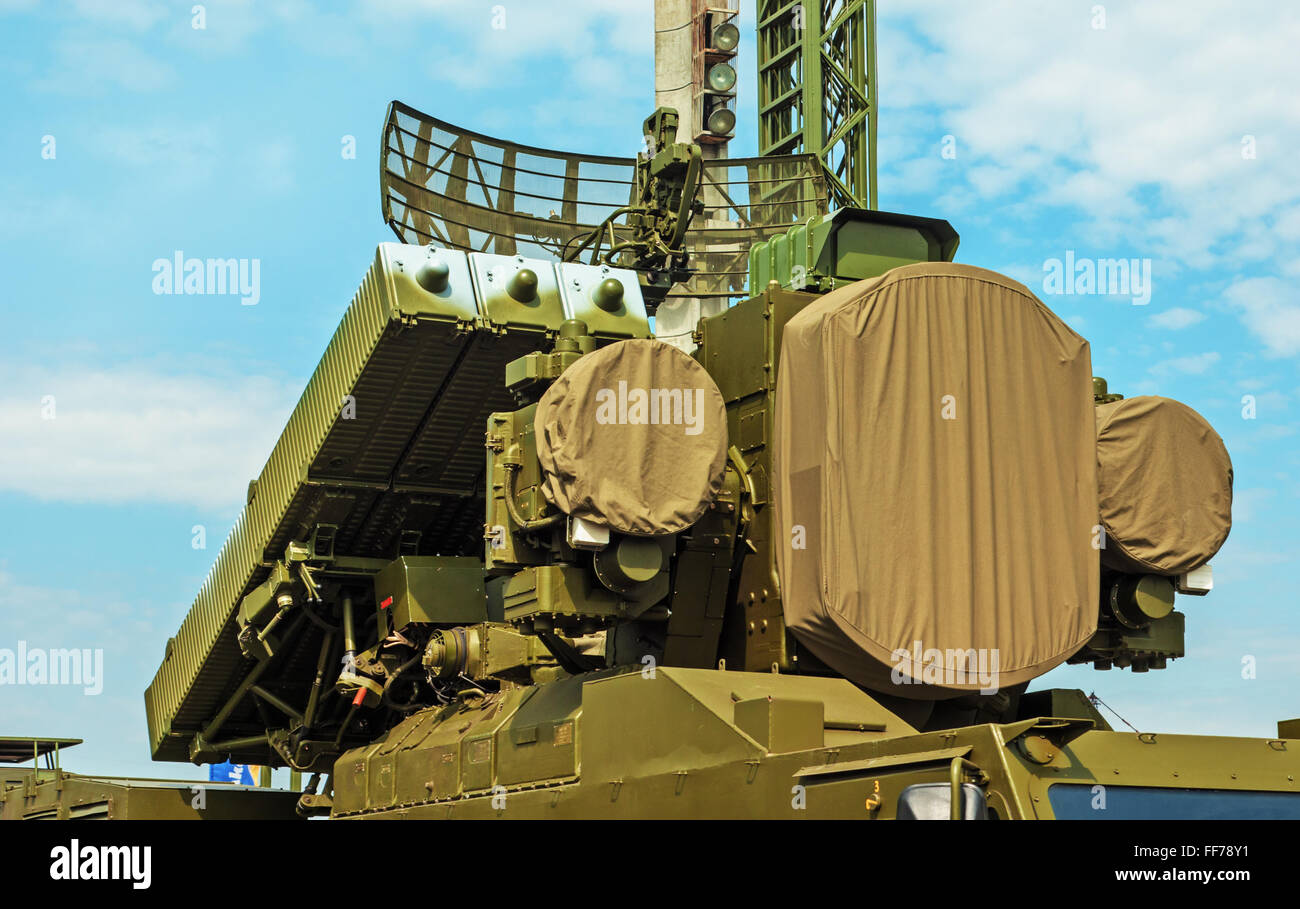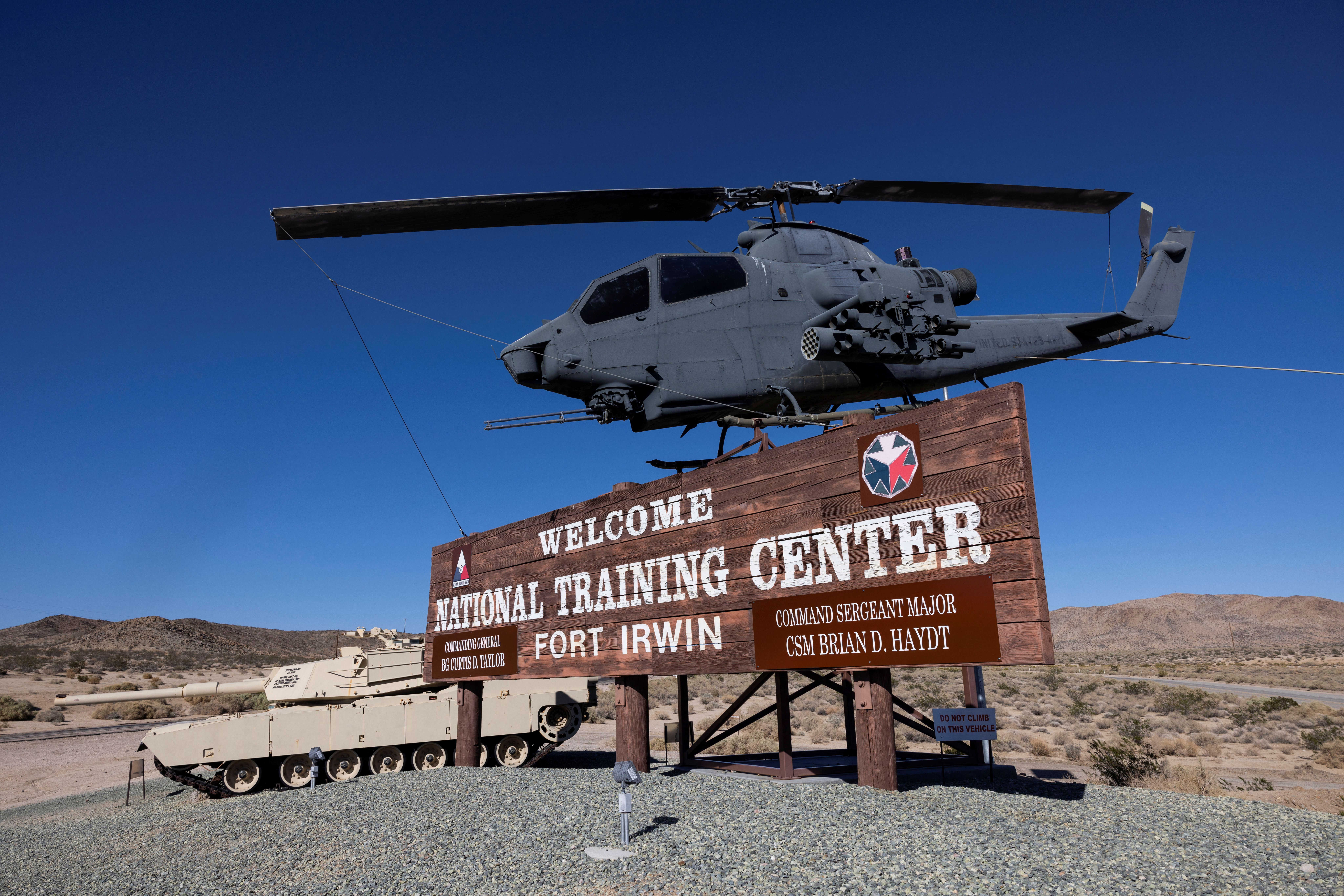Mobile Military Base - A Mobile Offshore Base (MOB), sometimes called a Joint Mobile Offshore Base (JMOB), is a concept for supporting military operations offshore, where there are no traditional land bases, by operating on the high seas or in coastal waters. - Multi-purpose floating theater assembled from individual platforms. In short, a MOB is a multi-purpose modular floating platform, or multi-connected platform, capable of performing multiple maritime support functions, including attack, maneuver, and logistics. A smart, wind-resistant semi-submersible ocean liner capable of moving at half the speed of the planned monohull cargo ships was researched and proposed, but never built.
The concept of a mobile offshore base appeared during the search for a more cost-effective option to sustain in-theater attacks, aviation, maintenance, supply and other forward-looking transportation support needs compared to the use of traditional joint transportation methods, including nuclear-powered aircraft carriers. and large medium speed. Roll-on/roll-off (LMSR) marine cargo ship. The MOB module is envisioned as a semi-submersible unit that operates in smaller waves than conventional vessels.
Mobile Military Base

The MOB will be built from a series of semi-submersible modules (typically 300 and 500 meters long and 120 to 170 meters wide) that can be connected together to form a full runway. Each module will rest, through support columns, on top of two pontoons containing ballast. While traveling, the module will sail along the surface of the water through its pontoons. which is stationary, the ballasts are filled and the pontoons sink, the platform remains above the stream. This helps the module to be stable.
Expeditionary Mobile Base Hi Res Stock Photography And Images
In principle, the modularity of the MOB allows full air support, ranging from vertical/short takeoff and landing (VSTOL) aircraft using a single platform to conventional takeoff and landing (CTOL) aircraft using multiple sets of modules up to 2 kilometers (2 km). 6,000 feet) in lgth. The group may have an airstrip that can accommodate larger aircraft such as the C-130 or C-17. In addition, the MOB accepts shipping by ship, provides 280,000 m² (3 million square feet) of space for equipment storage and maintenance, stores 40 million liters (10 million gallons) of fuel, houses up to 3,000 troops (army battalions.) and releases resources ashore via various aircraft. It is argued that, once located, the MOB will be a maritime base for an extended period of time, so it needs facilities such as a port to transport and load conventional containers and roll-on/roll-off vessels.
The MOB concept was first seriously considered by the United States during what it called Operation Desert Shield (1990-91). The United States was forced to request the use of the alliance's bases, which, in addition to strictly military considerations, indicated political sensitivity in the case of Saudi Arabia. With the MOB concept, the US could have a base anywhere in the world within a month. The hypothetical base would have almost unlimited capacity, and most creators envisioned not just floating airstrips, but city-sized bases.
The Joint Mobile Offshore Base (JMOB) was developed in the 1990s by McDermott International, Inc. of Arlington, Virginia. Developed by the MOB concept for war campaigns and humanitarian and commercial operations. The JMOB consists of five self-propelled units forming a 1-kilometer runway capable of supporting a full load of C-17s. NATO was believed to be interested in the idea at the time.
In April 2000, the US technical report presented to Congress said that the base was possible. technical and can be built by the defense industry of the United States. It is estimated that each 300-meter-long module will cost about 1.5 billion dollars and the full, 2-kilometer-long MOB will cost about 5-8 billion dollars.
Russian Army Base Sees Scramble For War Supplies, Locals And Soldiers Say
However, a 2001 feasibility study for the US Department of Defense concluded that MOBs would be more expensive than alternatives such as aircraft carriers and LMSR transport ships.
A smaller version of the MOB has also been proposed - in 2017, a Malaysian marine technology company proposed the Mobile Offshore Base Station, a 62m self-propelled barge. It will be fully air-conditioned and will have halls, halls, meeting rooms, prayer rooms, recreation rooms and control rooms. It can hold a crew of 40 for a month at sea. It has a rear-mounted slide for towing small boats (such as the Swedish CB-90) and helicopter pads. A large screen attached to the front. A small, 44.8 m long (8 point) variant is also offered.
In 2019, another Malaysian company, Muhibah Engineering, proposed its own design, which has four legs, each leg 135 meters long, it can carry out lifting and extending above sea level. Normally, it can accommodate 150 military personnel and 420 personnel during rescue operations.

In December 1999, the Office of Naval Research (ONR) issued a report in response to a congressional order that demonstrated the ineffectiveness of MOBs, "the largest floating marine structure ever used by an ocean manufacturer".
Mobile Offshore Base
Based on high costs and vulnerability to threats such as missile attacks. In January 2001, the Institute for Disability Analysis (IDA) stated that MOBs "will not replace conventional sealifts".
Because it provides lower delivery capacity to the Joint Logistics Over the Shore (JLOTS) system. The report concluded that the $5 billion to $8 billion MOB project was effective. Less than other solutions available at that time. After extensive modifications, the Alaska-class tanker was designated by the The USNS Lewis B. The "Chesty" Puller, departed Norfolk on June 10, bound for the Middle East - no return date set and a long deployment not expected. This is the first time that this large mobile military base has been deployed on a mission that does not see results. That is certain.
This is the first time that a purpose-built naval base has been commissioned by the Pentagon in the field. That is why his departure marks the beginning of a new American era in which the Navy will have a continuous projection of power overseas.
The platform serves many functions, including the ability to accommodate DoD arsenal helicopters for use or rest with an impressively large flight deck and hangar area. The mobile base also includes the MH-53E Sea Dragon anti-mine aircraft. In fact, the Puller is capable of operating four MH-53s at the same time, while operating several other devices - such as sledges and detonators - to tow behind the Sea Dragons as they carry out mine hunting missions.
Pubg Mobile: 5 Tips To Survive The Military Base
The Sea Dragon is also equipped to use unmanned aerial vehicles and small boats to assist in Battle to find mines and special operations.
The "mission deck" space of the tug has a large storage room, intended to contain large vessels and cargo. This is all while receiving a variety of large upgrades planned for the near future.
It is expected that the main mission of the Sea Dragon ship is to carry out an explosives clearance mission in the Middle East, but it is expected that The tug will be used for additional missions, such as participating in naval assaults and support. Help. For special operations, maritime control, anti-piracy, interdiction and rescue Disaster. They are also suitable for participating in low maneuvering missions, supporting aircraft attacks, including swarms of small ships. Moreover, the whole idea around this particular ship is that they can adapt to any situation that can be created by the commander's dream.

Along with its sister ship USNS Herschel Williams, The Puller will have 10 years to demonstrate its ability to serve in multiple roles while operating in various overseas locations such as the South China Sea, but for now, the Puller is the best. Located in the middle of the Persian Gulf. Nine months ago, the USS Ponce, a 46-year-old Austin-class amphibious assault ship that was temporarily modified to serve as a naval base, left the Persian Gulf station after four years of primary duty. War mine platform.
Patriot Missiles Offer Crucial But Limited Help For Ukraine
Us. Not until the use of new anti-ship weapons attached to ships; The Saudis and the UAE attacked while Pons was moving towards the Gulf of Aden. It remains in the general area around the Horn of Africa until mid-spring, although it can be found in the Persian Gulf today. However, Pons will be canceled in Norfolk in October.
Indeed, should Puller take up his station in the Persian Gulf - he still has the option of settling in the Horn of Africa until Pons returns home - it will not be a quiet or hidden affair. The ship's size, measuring 764 feet and weighing 78 tons, makes it easy to spot.
The Mobile International Military Naval Ship represents an incredible improvement in size over the Ponce alone, at 570 feet in length and
Off base military housing, military base contamination, camp lejeune military base, military base housing allowance, lejeune military base, dui on military base, military base homes, military base, military base lodging, nearest military base, military base housing, grafenwoehr military base
0 Comments